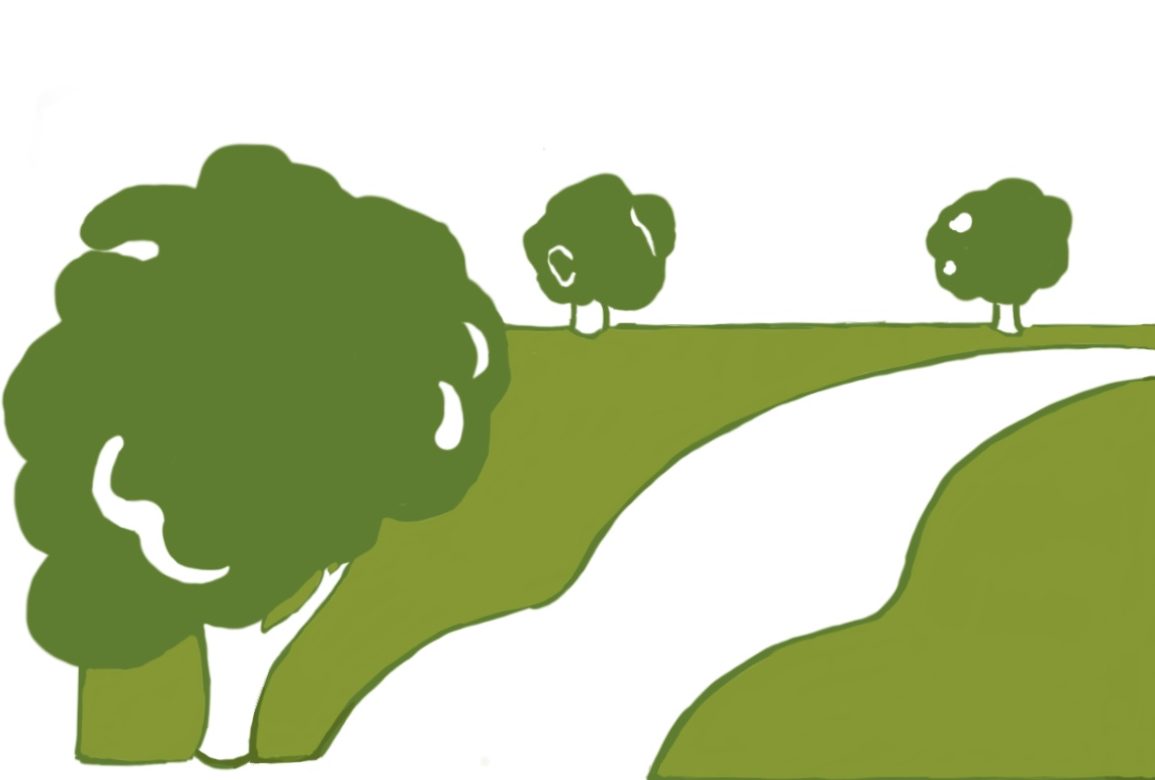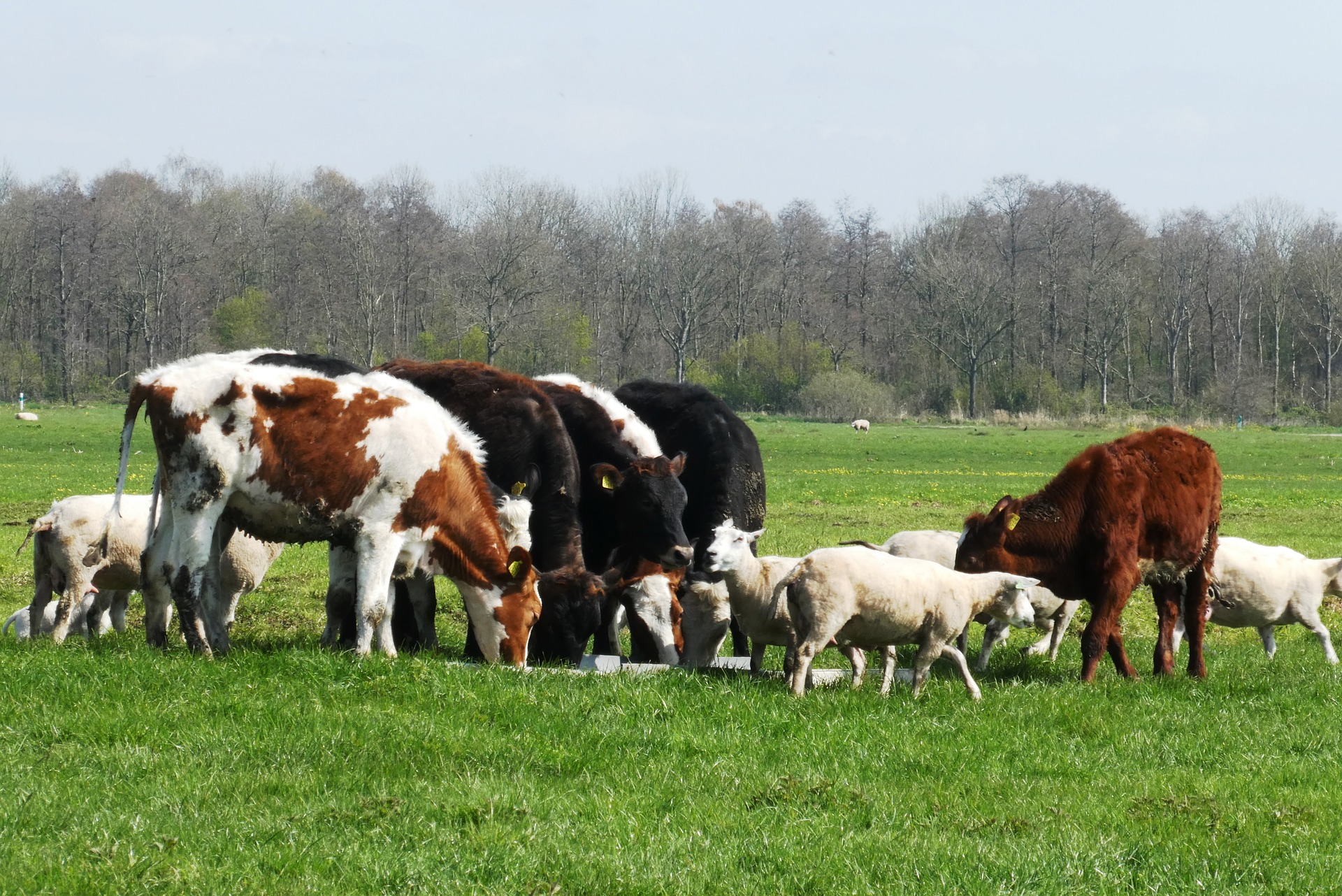February is a quiet month on the farm. Cows, snug in winter housing, are milked as usual but young stock and beef cattle my still be at pasture if the ground is dry enough. Spring work on arable farms has barely started as growth of winter sown crops is limited by short days and cool soils. Many farms run shoots as a diversification enterprise but the shooting season ends on 1st February.
Overall it has been a warm dry winter in this part of the country. February will be remembered for the three named storms that came sweeping in from the Atlantic in a week, but that was the exception. Although February rainfall was above average, January was exceptionally dry so soils are wet on the surface but very dry further down the profile.
On our predominantly light chalk soils, the drilling of spring crops can start in February or even late January if soil conditions allow, but there is a trend for most farmer to prefer to wait until March. There were opportunities in late February but most planting has taken place recently or is still to be completed. Such is the uncertainty caused by the legacy of the Covid pandemic and now the war in Ukraine that arable farmers have some very difficult choices to make this spring.
Autumn sown crops have come through the winter and generally look well. The mild weather has allowed growth to continue and cereals to tiller, so crops are dense. This is not necessarily a good thing as many of the tillers may die back. I read of one farmer who uses the centuries old technique of lightly grazing his winter wheat with sheep to prevent growth becoming too lush. High yields often come from fewer plants with fuller ears and heavy grains.
The mild dry autumn gave the opportunity for extensive planting but the threat of blackgrass and the difficulty in controlling it has forced many farmers to change their rotations. The areas of winter barley and wheat are estimated to be a little higher than the previous year whilst, after years of severe decline, the area of oilseed rape may be a little greater too. Much of it was drilled fairly late and seems to have avoided serious damage from flea beetle but eggs are laid in the crop and the larvae hatch in the stems so there may be a much greater impact showing up in April.
There has been a sustained move away from traditional cultivations towards minimum or even zero tillage. One interesting consequence has occurred in wheat direct drilled after oats where frit fly carried over from the previous crop has caused damage. Another consequence of the trend to minimum tillage has been a large increase in the use of glyphosate to kill off vegetation before planting the subsequent crop. However, there have been problems with the manufacture of the chemical and it is in very short supply. As a result, the price has increased fourfold in recent months, forcing farmers to consider their husbandry options.
Rampant inflation in input costs is causing huge problems. The price of energy has increased dramatically and has led to further impacts, not least in the manufacture of nitrate fertiliser. The rise in gas prices forced the closure of two UK plants last autumn before the Government stepped in to ensure supplies including carbon dioxide, a by-product of the process. Recently it was estimated that many farmers had not bought their nitrate fertiliser early with perhaps half of the normal sales delayed. But the price is rocketing upwards past £700 per tonne and some market experts suggest it might reach £1,000 per tonne.
The value of wheat is also rising fast, a consequence of low stocks and the impact of the war in Ukraine. At the time of writing it is just shy of £300 per tonne, a record high. This is of little benefit to farmers from last harvest as most grain would have been traded months ago but gives pause for thought for the current year. Do farmers apply nitrate fertiliser as normal despite the huge cost, hoping that the price of grain will cover the extra costs? Or do they cut back and risk lower yields?
I think it likely that many will continue a near normal treatment of their winter crops, especially as they seem to have good potential. But they may well rethink spring cropping, not least because wet soils have delayed planting. The area sown to peas and beans may well increase to gain the benefit of their nitrogen-fixing nodules, although spring beans should have been planted weeks ago. Some fields may be left fallow or sown to a leguminous summer cover crop to build fertility for an autumn cereal.
One local farmer has taken the opposite decision and direct drilled spring wheat into a field intended for fallow, attracted by the high price. It is certainly a time of great uncertainty when decisions have to be taken quickly with a dearth of evidence on which to base them, and when the phase out of the Basic Payment bites into income, which is why the NFU has called for a pause in the phase out.
The other focus of activity in March is lambing. There was plenty of good quality grass last autumn to flush ovulation in the ewes so numbers may be good. There have been few reports in this area as yet, but anecdotal evidence from earlier lambing flocks to the west suggest that lambing percentage is good and that lambs are of a good weight and healthy.

The war in Ukraine dominates the news and we can all feel great sympathy for the people in that country caught up in unimaginable horrors. The implications will be profound and long lasting, not least for food supplies. That will be the subject of my next column.

